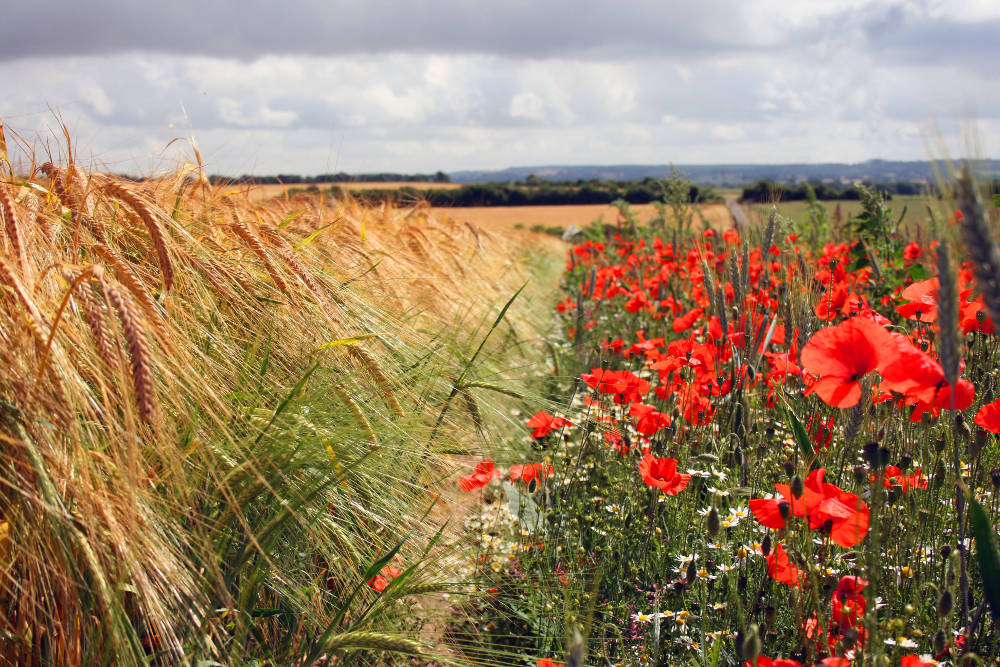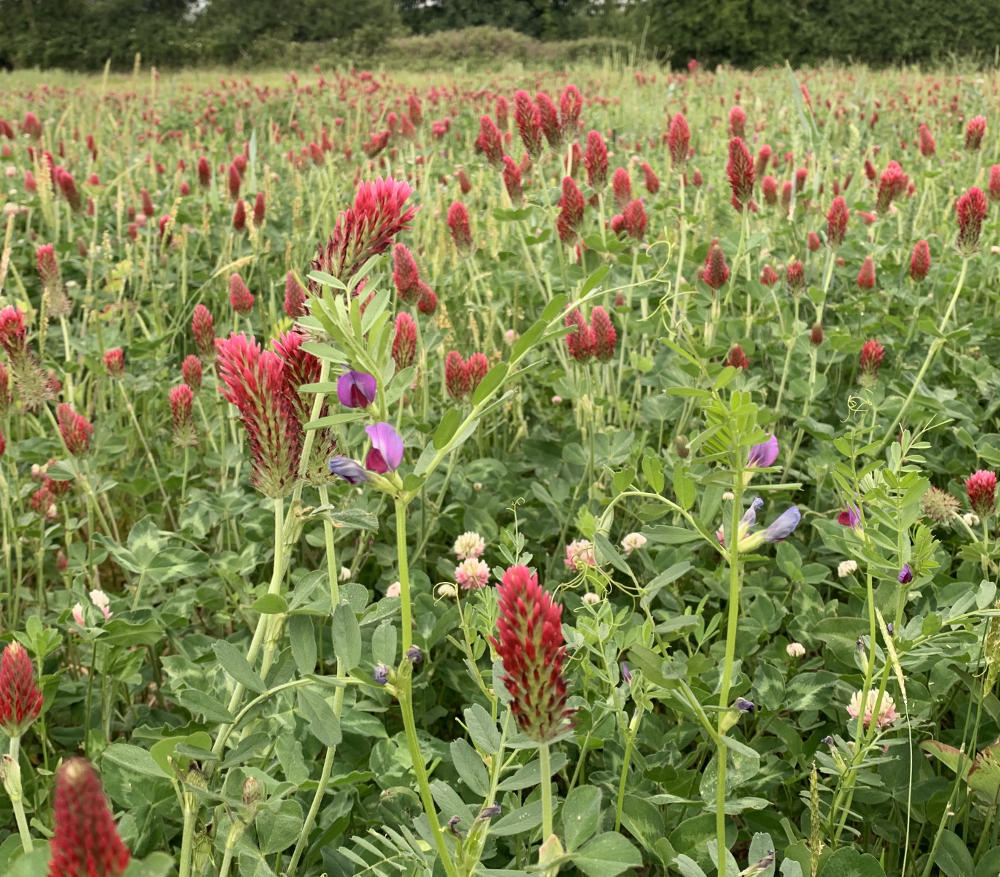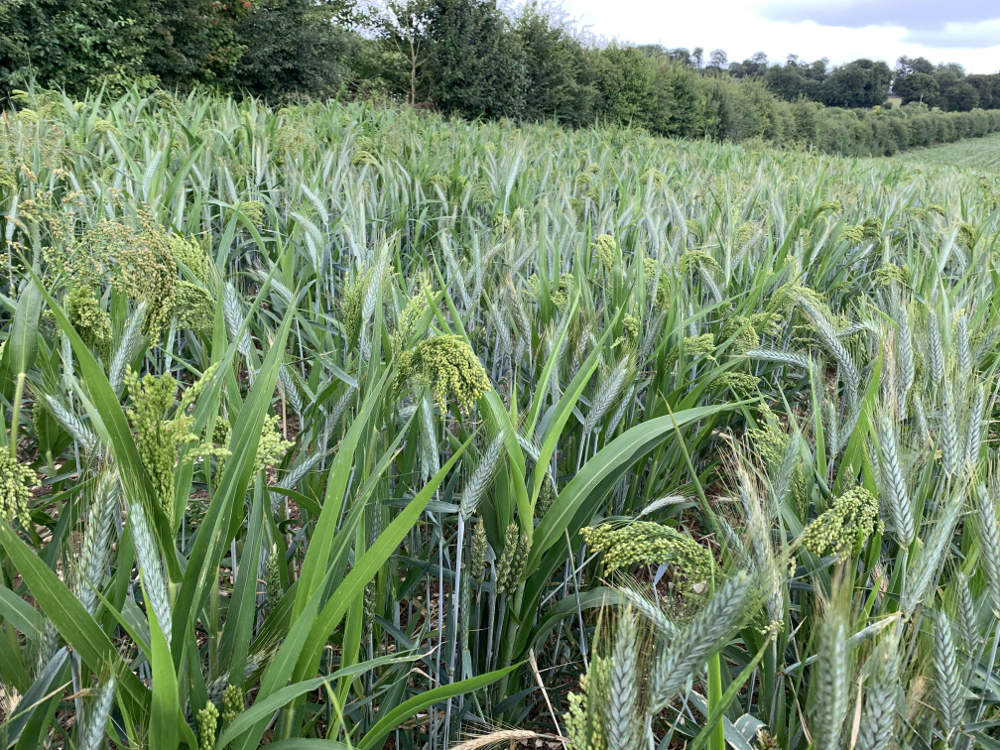Biodiversity and Wildlife
Reversing the Decline of Biodiversity
- Protection of Water Courses
- Biodiversity
- Soil Diversity
- Protection of Woodlands
- Member Articles
- Communications
Farmers are helping to reverse the decline in biodiversity but appreciate by acting as a group they can do more. Southern Streams is fortunate to have diverse wildlife habitats (see below) and by combining their management efforts, they will be able to improve these habitats to enhance biodiversity even further. The habitats include :-
- Ponds
- Wetlands
- Woodland
- Downland
- River/ Streams/ Canal
- Hedgerows
- Grass Margins
- Wild Meadows
- Herbal Grass Leys
- Arable Fields
- Beetle Banks
These habitats support a vast amount of wildlife from tiny insects to mice and large raptors, such as Red Kites and Barn Owls. Within our area we also have a number of endangered species such as Barbastelle Bats, Dormice, Otters, Water Voles, Stone Curlew and Duke of Burgundy butterflies. The farmers with these species on their land are undertaking special management to ensure the survival and continued success of these species. This can range from providing bat or dormouse boxes, to scrub management and planting a particular food source. They are guided in this conservation work by organisations such as the RSPB, BTO, Buglife, the Wiltshire Mammal Group and Butterfly Conservation. We also have a list of other species that we are looking to increase across our area.
All of the Southern Stream farmers are involved with helping wildlife and the environment. The aim is to either provide a habitat for animals, birds and insects to live in, or to grow a crop to feed them. We have wild bird seed plots, grass margins and areas of flower to produce pollen and nectar. The farmers are guided by our facilitator to find the best locations for these stewardship options within the Southern Streams area. This means that there can be a more even spread across the area.
The wild bird seed plots are there to provide food primarily for birds through the winter, when other sources of food might have run out, as well as cover from predators. Some farmers also put supplementary food down through into the spring to make sure that there is enough for the birds, especially if it is a cold spring.

The grass margins can help perform many different functions. They can act as a buffer against water courses, provide a habitat for insects and mice to live in and provide safe corridors for wildlife to move around in. One large tussock of grass can hold as many as 700 different species of insects. The grass margins can be more beneficial when they are placed against hedges as it creates a larger more diverse habitat.
The nectar and flower plots are made up of multiple flowering species to provide a range of different flowering periods within one area. This helps to provide for our pollinators throughout the summer and into the autumn. The plots also provide other animals with shelter from predators and seeds to eat in the winter.


Across our area the farmers have been planting or are planning to plant trees and hedges, as well as caring for the hedges and trees that are there already, so that they maximise their value to wildlife.
Find Out More:
- http://www.nutrientmanagement.org/2-nutrient-management-plan/
- http://adlib.everysite.co.uk/adlib/defra/content.aspx?id=000HK277ZX.0HCH4QAE8AM4NWS
- https://riverthame.org/wp-content/uploads/2015/12/Managing_livestock.pdf
- https://voluntaryinitiative.org.uk/media/2149/catchment-sensitive-farming-guide-biofilter-11-january-2018.pdf
- http://assets.wwf.org.uk/downloads/wwf_chalkstreamreport_jan15_forweb.pdf?_ga=1.44823268.1991529649.1444910634
- http://adlib.everysite.co.uk/adlib/defra/content.aspx?id=000HK277ZX.0HAWH1NTOT8B1WF
- https://farmwildlife.info/how-to-do-it-5/field-boundaries/grass-margins-as-buffer-strips/